Walk: No
Distance: Yoga
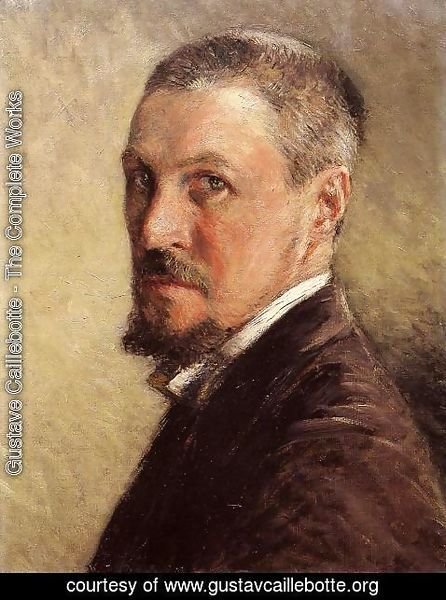 |
| Gustave Caillebotte (1848-1894) |
So today Ciwt is wondering where the whole Impressionist and post-Impressionist movements would be without Gustave Caillebotte.
Because the submissions of many of the group of artists who came to be associated with Impressionism were routinely rejected by the Academie's all important annual Salon de Paris they began to organize their own exhibitions. The first of these, the Salon des Refuses in 1863, was sponsored by Napoleon III, but when the artists petitioned to have another of these salons they were rejected again and again. So, in 1873, in frustration and desperation, several of them founded a Society to exhibit their artworks independently.
But establishing a formal name and intention was quite a different matter from financing their exhibitions and realizing money on sales. Their names included Monet, Renoir, Sisley and others, and most of them were living on the edge of poverty. It is not impossible to assume that many of them - hence the Impressionist movement - might have failed if it had not been for Caillebotte who funded several of their exhibitions and, now famously, purchased many of their works which form the cornerstone of the Musee d'Orsay collection of masterpieces from that period.
Probably because he had inherited a fortune at age 26 and never had to live off his art sales, Caillebotte, arguably one of the most important Impressionists, was the least well known until relatively recently. (More on making a name in art in another CIWT). As his name is coming to the fore, a charismatic, energetic, multi-talented man is being revealed.
For one thing, he was a serious, dedicated artist who painted several of the world's most important masterpieces. Maybe you've read CIWT Day 9/83 or perhaps you've seen posters or been to the d'Orsay and viewed the actual and magnificent
The Floor Scrapers.
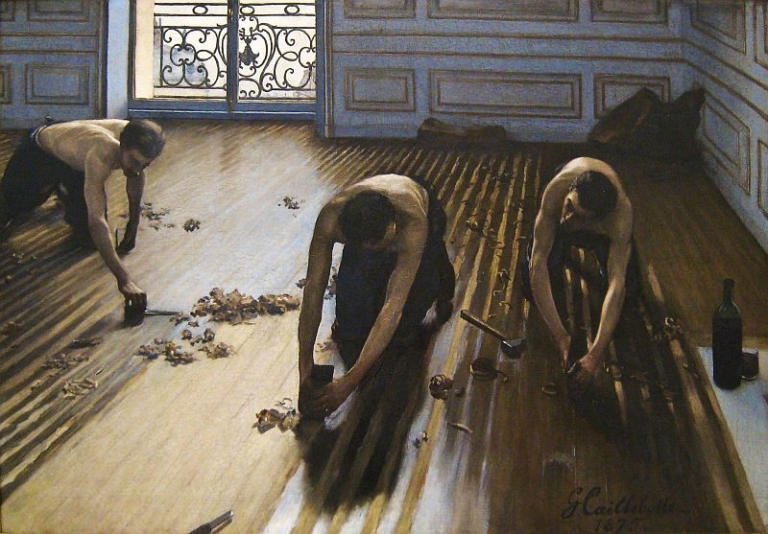 |
Gustave Caillebotte, The Floor Scrapers, 1875, 6'4" x 4'9"
Then there is his brother, Rene, looking out of the window of the family home in Paris.
 |
Young Man at His Window, 1875, 46"x32", oil on canvas
|
|
And, if you've been to the Chicago Institute of Art, you've certainly seen its
other (besides George Seurat's
La Grande Jatte) most popular Impressionist painting:
 |
| Paris Street, Rainy Day, 1877, ca 6.9' x 9' |
In addition to being a licensed (but never practicing) lawyer, dedicated art patron, collector, and passionate painter, Caillebotte used his wealth to fund a variety of hobbies for which he was equally passionate. These included stamp collecting (his collection is now in the British Museum), orchid horticulture, yacht building (he was a studied naval engineer), even textile design. As if that isn't enough, Caillebotte's garden at his Petit Gennevilliers estate on the Seine was a strong influence on Monet's famous garden. Caillebotten would sail downstream to Giverny and the two artist-gardeners would enjoy innumerable hours sharing thoughts on their mutual loves.
Gustave Caillebotte in photo taken by his brother, Martial, 1892


 .
.





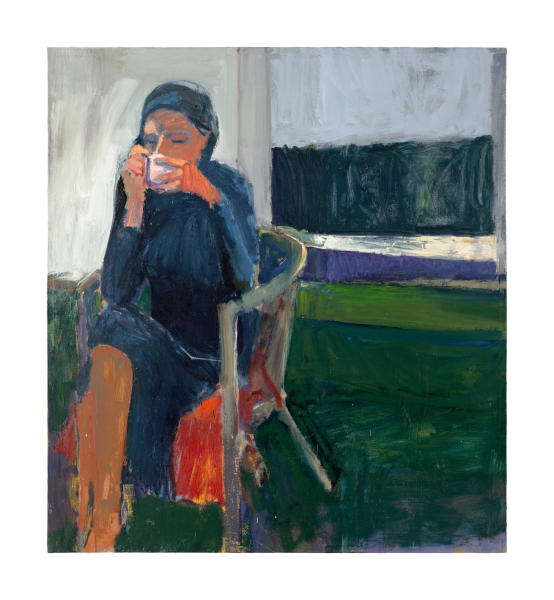

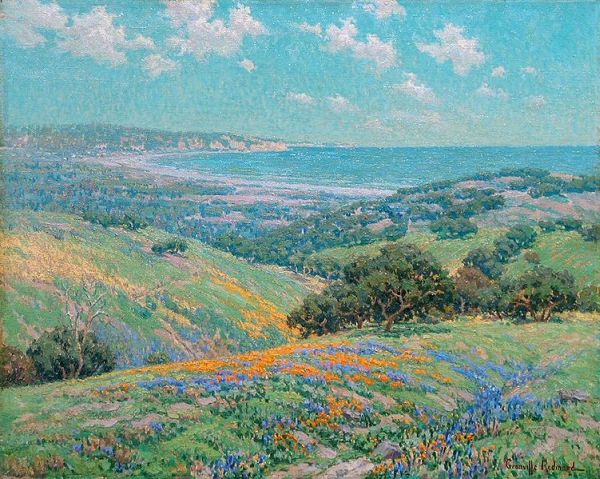

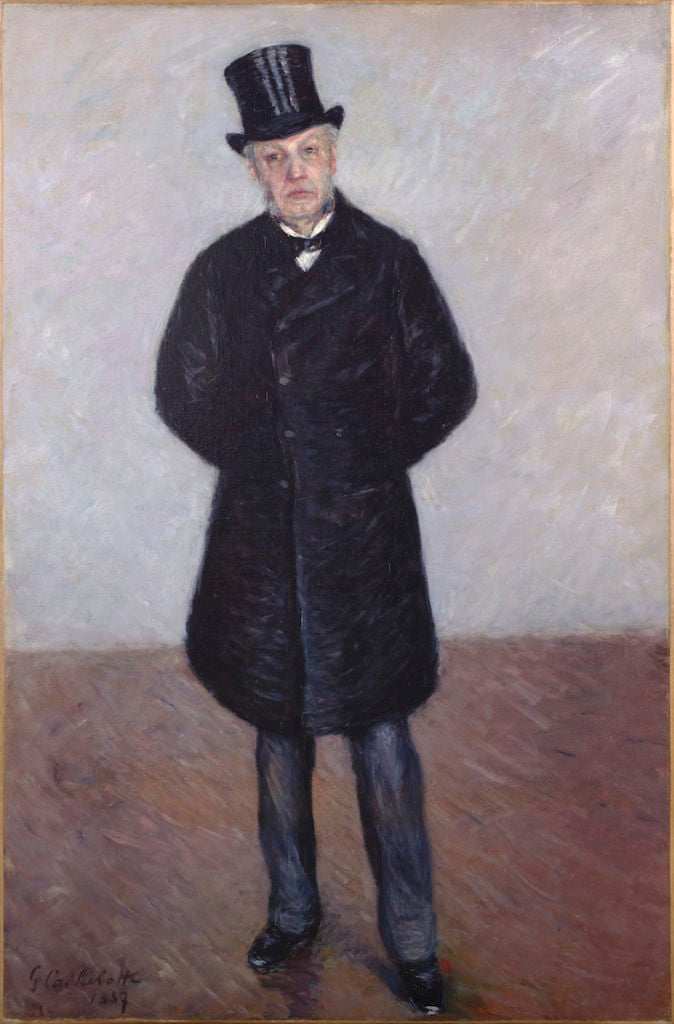
.jpg)



